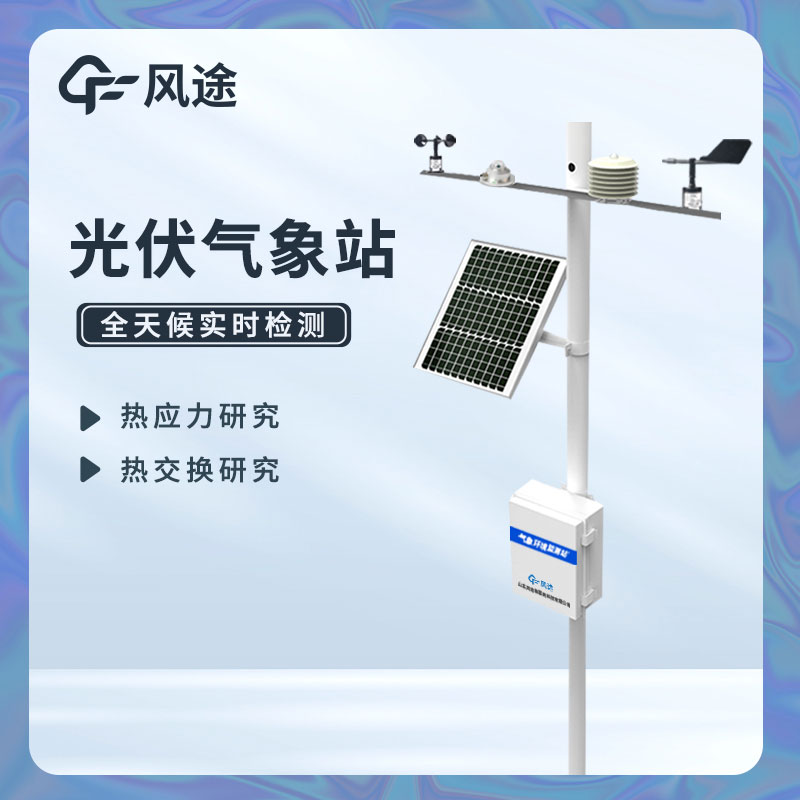Meteorological environment monitoring equipment supplier
Insist on doing high-precision customer favorite technology products
With the rapid development of new energy technologies, solar energy, as a clean and renewable energy source, has attracted widespread attention. To enhance teaching and research capabilities and support talent cultivation and technological research in the new energy field, the Teaching and Research Capacity Enhancement Construction Project has introduced a photovoltaic meteorological monitoring station, providing technical support and talent reserve for the development of the photovoltaic industry.
The photovoltaic meteorological monitoring station integrates multiple high-precision sensors, enabling real-time monitoring and data collection of environmental parameters such as light intensity, temperature, humidity, wind speed, and wind direction. Through a wireless transmission module, the system sends the collected data to the data center in real time. Researchers can use data analysis software to deeply process and analyze the data, thereby grasping the changing laws of the operational environment of photovoltaic power stations and providing a scientific basis for the optimized design and efficient operation of photovoltaic power stations.
This system provides a practical operation platform for students. They can intuitively understand the principles and processes of environmental monitoring in photovoltaic power stations, and enhance their hands-on abilities and the ability to link theory with practice by participating in practical activities such as data collection and analysis. For example, in course experiments, students can use the data collected by the system to analyze the impact of environmental factors on the power generation efficiency of photovoltaic modules, deepening their understanding of the theoretical knowledge of photovoltaic technology.
Based on long-term accumulated monitoring data, researchers study the operational characteristics of photovoltaic power stations in different regions and climatic conditions, exploring methods to improve the power generation efficiency and stability of photovoltaic power stations. Through data analysis, the layout and design of photovoltaic power stations can also be optimized, reducing construction and operation costs, and promoting technological innovation and sustainable development of the photovoltaic industry.
At present, the system has been put into use in multiple teaching and research scenarios and achieved initial results. It has not only improved the quality of teaching and cultivated students' innovative thinking and practical abilities but also provided rich data support for research projects, contributing to the output of multiple research achievements.
